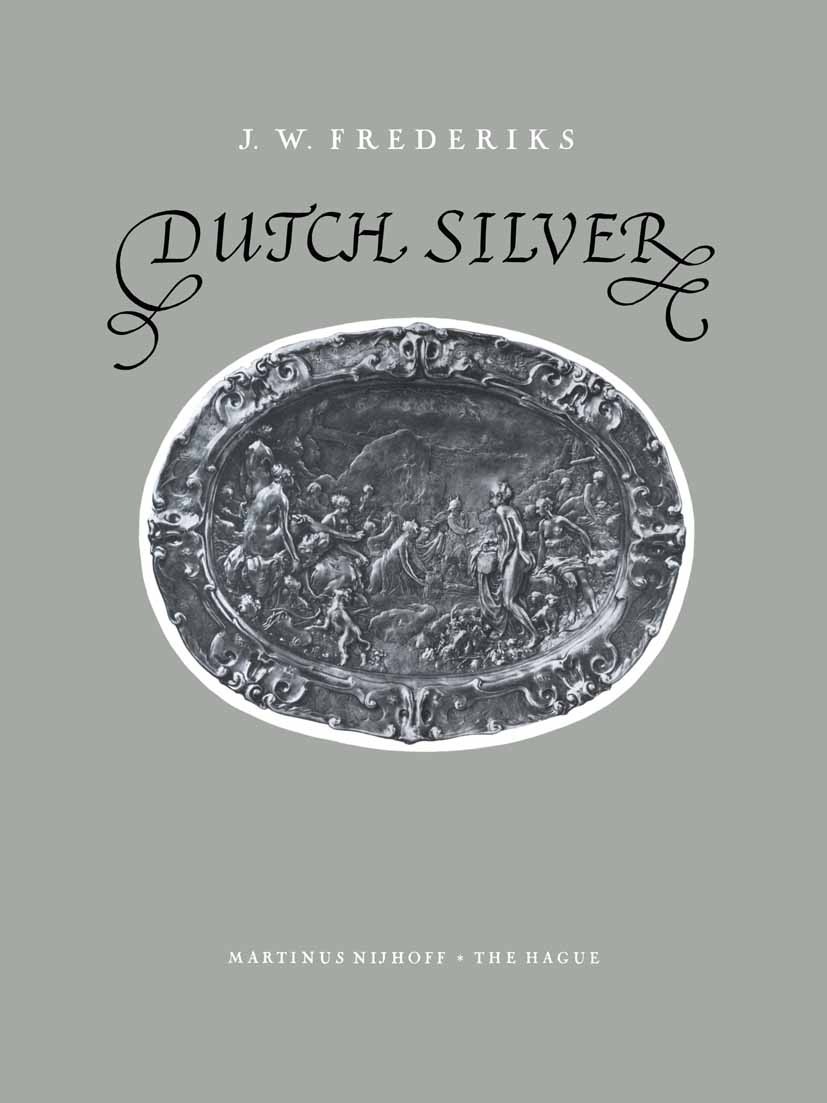| 书目名称 | Dutch Silver | | 副标题 | Embossed Plaquettes | | 编辑 | J. W. Frederiks | | 视频video | http://file.papertrans.cn/284/283464/283464.mp4 | | 图书封面 |  | | 描述 | Prosperity generally brings with it a desire for luxury, which finds its expression in man‘s endeavour to surround himself with objects of beauty. Artists of all kinds are always being attracted to the centres of wealth, which thus develop into centres of art. We observe this through the whole of history; in antiquity, in the Middle Ages and, above all, during the Renaissance in Italy, where the many States and cities vied with each other in fostering cultural life, where palaces, castles and churches were built and decorated by the greatest artists as a result of the liberality of the art-loving princes, whose example was followed by the nobility and the rich merchants. North of the Alps, it was mainly France that came into the foreground in this field. The Duc de Berry was one of the greatest patrons of art of all times. His brother Philip, Duke of Burgundy, and his successors made of their court, which frequently resided in the Southern Netherlands, a centre of culture. Under the Hapsburgs the tradition was con tinued. The Northern Netherlands, which also gradually came to be part of the Burgundian realm (Holland since 1433), at first lagged behind as far as cultural life was c | | 出版日期 | Book 1952 | | 关键词 | Dishes; Dutch Master; Dutch Silver; Renaissance; Renaissance Style; Tazze; baroque | | 版次 | 1 | | doi | https://doi.org/10.1007/978-94-010-3709-9 | | isbn_ebook | 978-94-010-3709-9 | | copyright | Martinus Nijhoff, The Hague, Netherlands 1952 |
The information of publication is updating

|
|
 |Archiver|手机版|小黑屋|
派博传思国际
( 京公网安备110108008328)
GMT+8, 2025-11-11 14:31
|Archiver|手机版|小黑屋|
派博传思国际
( 京公网安备110108008328)
GMT+8, 2025-11-11 14:31


